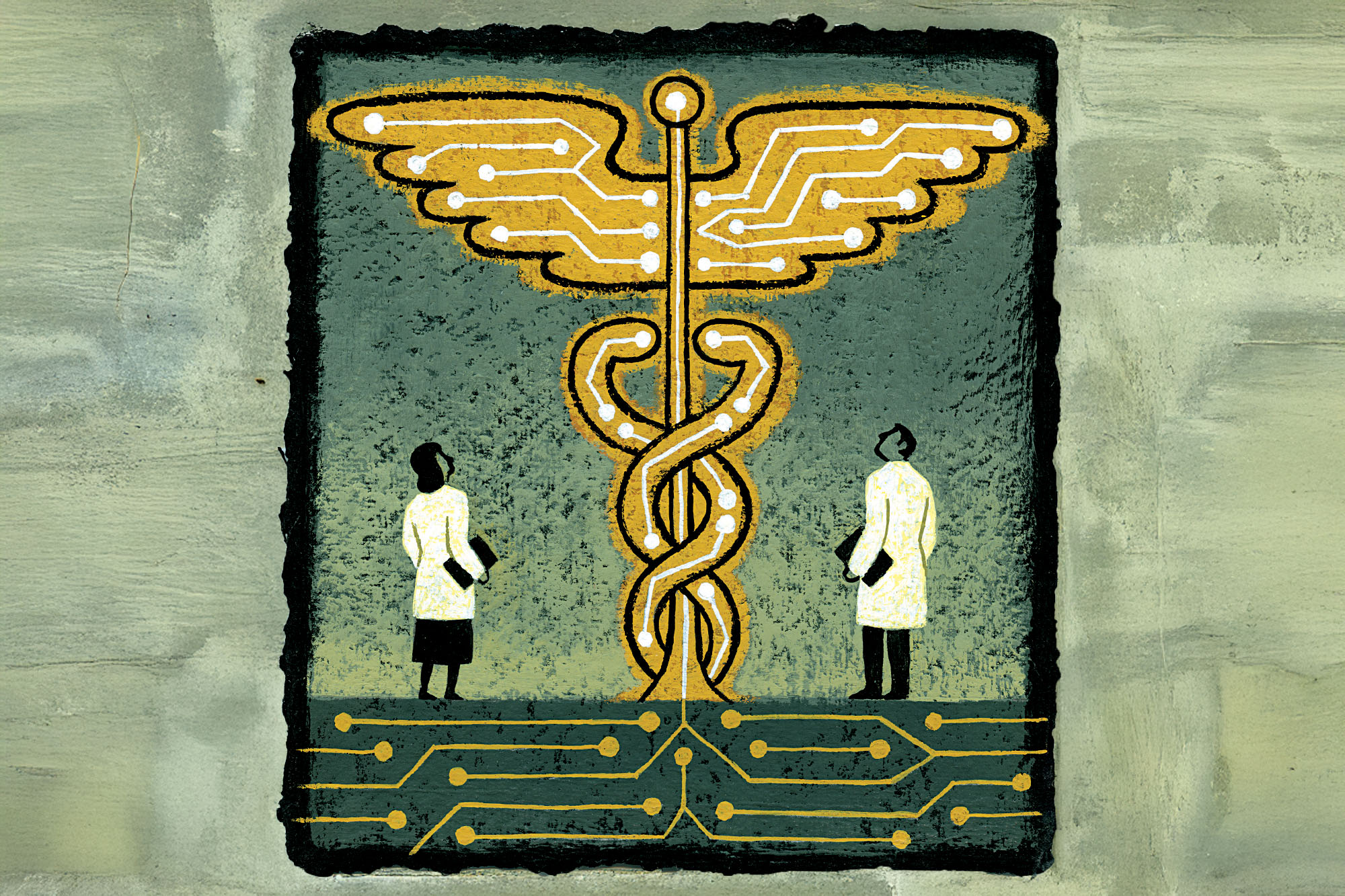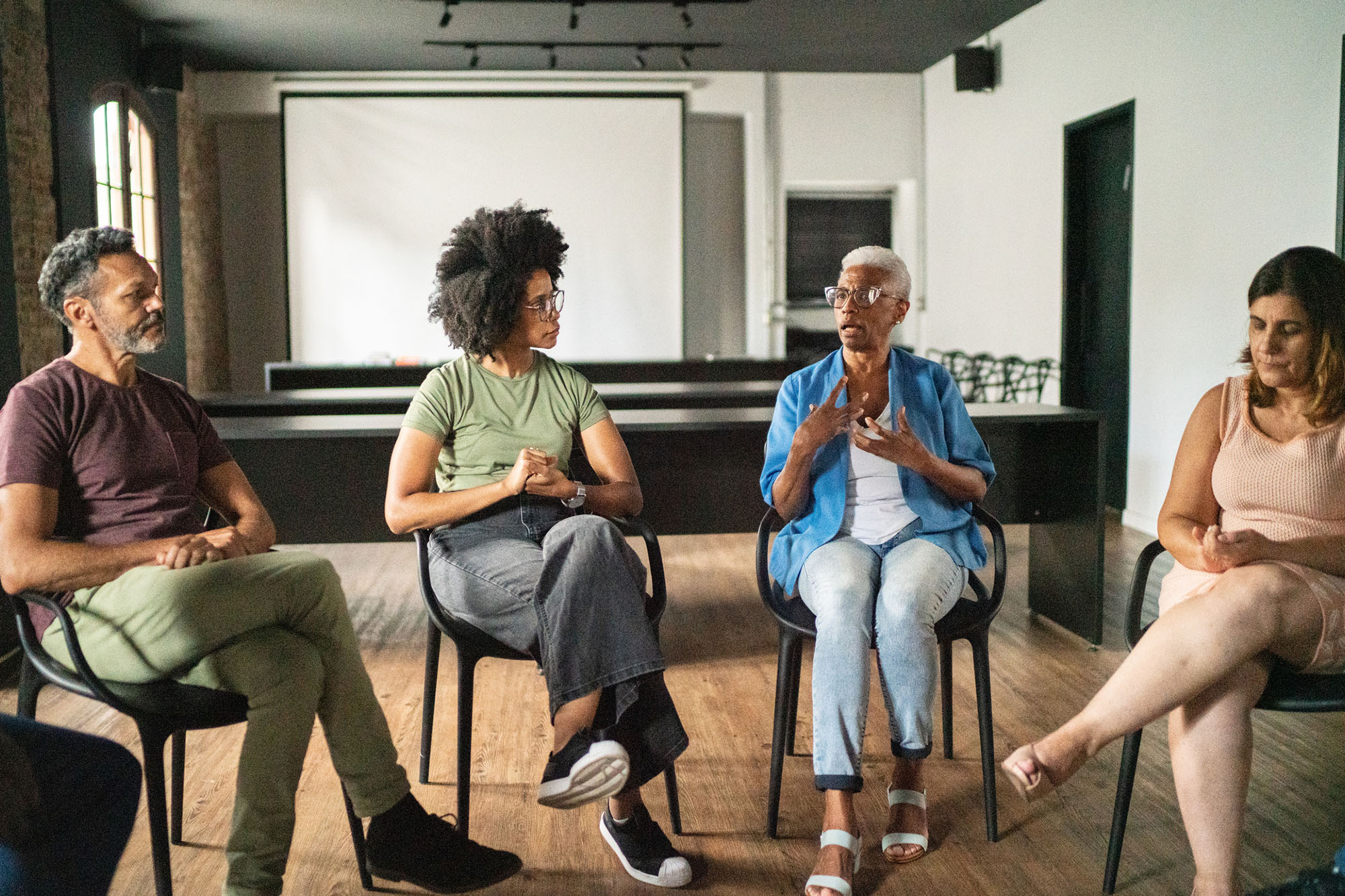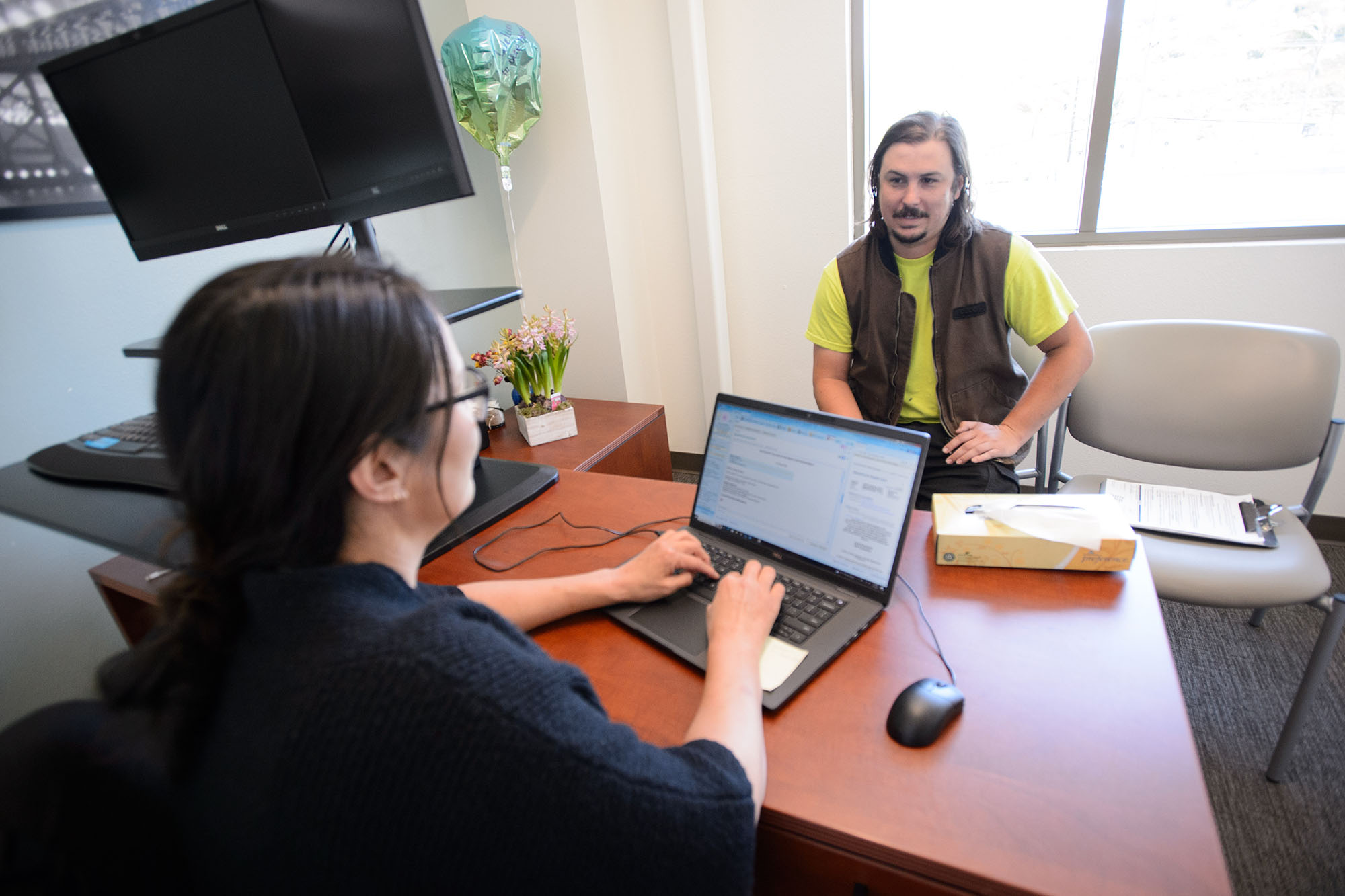
From health professionals and protective equipment to tests and ventilators, the COVID-19 pandemic is stretching our finite health care resources dangerously thin. As a result, this unprecedented test of our health care system is forcing us to be agile and adaptable.
We are heartened by the fervor with which clinics and health plans have begun to tackle the technological challenges required to keep care accessible for patients. As demands on the health care system’s limited resources increase, technology’s role in helping providers innovate and adapt will also continue to grow.
The role of CHCF’s Innovation Fund has always been to act as a bridge between the California safety-net and technology entrepreneurs. The goal is for these businesses to identify and scale new innovations that enable them to help the vulnerable while succeeding as sustainable enterprises. During the COVID-19 epidemic, we remain active in that bridge role, but we have shifted our focus from incubating innovations to helping entrepreneurs and safety-net providers make the most of existing ones.
The Unique Demands of the Moment
These players are working to fully understand the barriers to care created by this crisis and to identify new use cases and users for whom technology can do the most good. Regulatory and clinical environments are changing rapidly, creating new terrain to navigate before technologies can be adapted and adopted. Despite those challenges, many of our investees and partners already are putting technology to use to help meet the unique demands of this moment.
Those efforts include:
Patient Education. Health plans are using texting platforms like mPulse Mobile and ConsejoSano to remind patients about important preventive measures, such as social distancing and hand washing. Plans are also texting members to share information about how to access benefits, especially if that information is changing. MPulse is currently educating plan members about what they should do if they develop symptoms of COVID-19, how to access telehealth services, and how to switch prescriptions to mail-order service.
Telehealth. The growing use of phone and video technology for provider visits is receiving the most attention and demand. New state and federal guidance, which CHCF is tracking on its new COVID-19 telehealth resource page, is making it easier and more financially viable for California providers to care for Medi-Cal patients virtually. Clinics with little or no telehealth capacity must ramp up quickly to serve their patients. That poses technology and workflow challenges. In response, the nonprofit health care innovation center OCHIN is integrating virtual visit capabilities with the cloud-based Epic electronic health record system, which OCHIN hosts for dozens of California clinics.
Primary care providers also are turning to telehealth tools such as electronic consults, or eConsults, to help them identify and treat coronavirus symptoms. RubiconMD, an eConsult platform, noticed an influx of primary care providers on its platform seeking answers to clinical questions about COVID-19. In response, RubiconMD started routing all COVID-19 consults through a unique interdisciplinary panel of infectious disease doctors, gerontologists, and pulmonologists. The company is offering qualifying safety-net clinicians free access to consulting physicians in more than 120 specialties during the pandemic. (Email covid19support@rubiconmd.com to confirm eligibility.)
Concert Health, which pairs primary care providers with a remote behavioral health team, is helping providers address the mental toll coronavirus is taking — including the effects on those not infected. They are equipping primary care clinicians to screen quarantined patients for anxiety and other mental health conditions. Concert also is offering free remote behavioral health services to their clients’ clinicians, many of whom are experiencing their own mental health challenges in combating this crisis. Several online therapy companies are offering similar free services to frontline health care workers.
Workforce. A key method to make the most of our health care workforce is to ensure that those with clinical skills relevant to COVID-19 are sent where they are most needed. Online recruitment platforms can help identify those opportunities in real time. Nomad Health has created a special listing page for travel nurse opportunities, matched with a unique COVID-19 benefits policy, that extends pay and health coverage for nurses asked to quarantine by their employing facility.
Data Analytics and Exchange. With COVID-19 tests in short supply, other clinical data can help hospitals and public health departments predict where cases may surge and plan appropriate responses. Collective Medical, whose platform culls clinical data from electronic health record platforms, is tracking respiratory and flu-like complaints and other symptoms across 140 California member hospitals. They are sharing those data with public health agencies and client health plans, which can use them to trace the outbreak’s spread.
As more patients are tested and move among providers using different health record systems, data sharing will be critical. Collective Medical and the patient identity–matching company Verato are addressing emerging new data exchange challenges. Collective is aggregating and pushing test data from public health sources out to emergency departments so they can triage and treat new patients with accurate information. Verato is helping health systems feed data from fragmented new care providers, like drive-through testing centers and third-party telehealth platforms, into existing patient record systems to ensure no information is lost.
Looking Ahead
Nobody knows when or how this crisis will end, but it seems inevitable that technology will play a larger role in our health care system going forward. Public health workers, policymakers, and providers are working tirelessly to envision the new normal that awaits us. Entrepreneurs should use this moment to innovate, iterate, and devise tools that help our leaders and frontline workers meet the demands of that new reality. Many innovators are doing that, but significant gaps remain, such as tools for training new workers in tracing the spread of the virus or sharing the results of that tracing in real time. California is counting on innovation to continue.
Authors & Contributors


Jessica Brandi Lifland
Jessica Brandi Lifland is a freelance photographer, instructor of journalism at City College of San Francisco, and mother. Her work with publications and nonprofits such as Operation Smile, Tostan, and the California Health Care Foundation has taken her all over the world, including West Africa, the Middle East, Kosovo, Burma, Haiti, and South America.
For two decades she has been photographing the National Cowboy Poetry Gathering and has been working on a long-term project documenting the lives of the cowboy poets of the American West in affiliation with the Western Folklife Center. She plans to make her project into a book.





